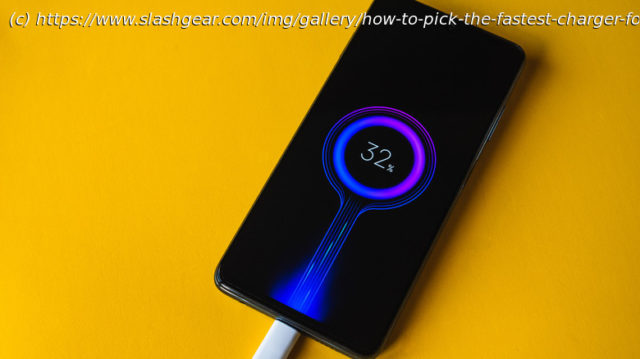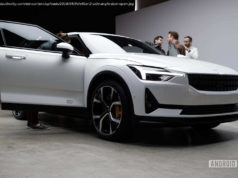Pretty soon, both iPhone and Android will support the same charging standard. Here’s how to get the best charging experience.
We may receive a commission on purchases made from links.
As much as it’s become the default in the last several years, fast-charging technology is still fairly new, only having been around for about a decade all told. Earlier, while some phones would’ve achieved a full charge in the same amount of time that a current flagship handset might today, getting a dead battery to a decently usable state — like 50% — took a lot longer. And once fast charging started to take hold in 2013, there were multiple competing standards, with the dominant Qualcomm Quick Charge being joined by opposition from Oppo/OnePlus (VOOC Flash Charge), Huawei (SuperCharge), and MediaTek (PumpExpress+).
Eventually, though, the USB Implementers Forum (more commonly known as USB-IF) advanced USB Power Delivery (or USB-PD) standards to the point where it made the most sense to just use the more open standard instead of battling it out. It wasn’t just that, though: Google pushed OEMs to favor USB-PD over Quick Charge starting with Android 7.






